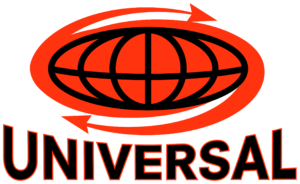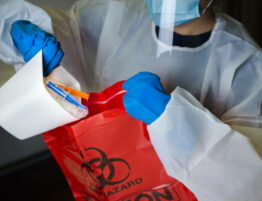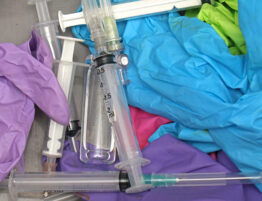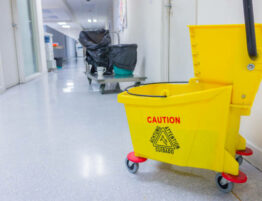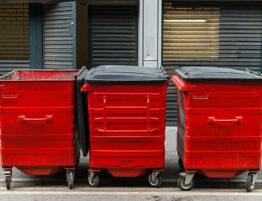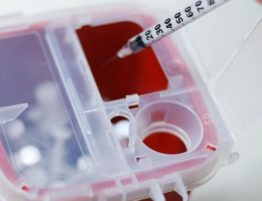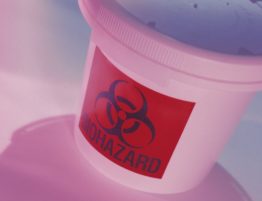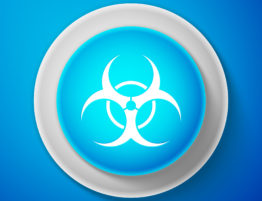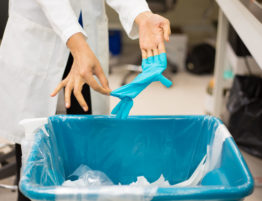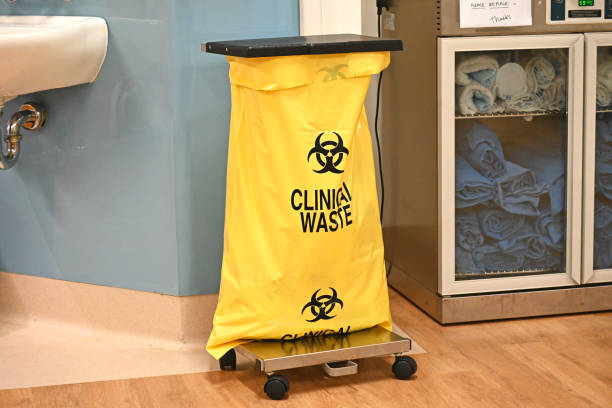
The phrase “medical waste” evokes thoughts of biohazards, hazardous materials, and strict disposal procedures in the intricate web of healthcare. Finding the most outstanding example of routine medical waste from the many different kinds produced daily might reveal important information about waste management techniques, environmental sustainability, and healthcare procedures.
Fundamentally, medical waste is any substance whose biological, chemical, or physical characteristics could endanger public health or the environment. Sharps waste is the best example of regular medical waste within this broad category.
Sharps Waste
Sharps are needles, syringes, lancets, and scalpels, among other items that can pierce or sever skin. These tools are widely used in medical settings for various treatments, from simple immunizations to intricate surgery. Sharps play a vital role in patient care but present severe hazards if handled or disposed of incorrectly.
Sharps waste is significant because it is a prime example of medical waste. After all, it is both a waste product and a potentially biohazard. For example, syringes and needles are essential when giving shots, taking blood samples, or delivering drugs. However, because there is a chance of contracting bloodborne infections, including HIV, hepatitis B, and hepatitis C, using this equipment becomes dangerous.
Disposal of Sharps Waste
Disposing of sharps waste properly is crucial to reduce the danger of needlestick injuries and possible disease transmission. To avoid unintentional injuries and leaks, healthcare facilities follow stringent procedures while gathering, storing, and discarding sharps waste. Usually, this involves using containers that are resistant to punctures. Regulatory bodies also require thorough training on safe handling techniques for healthcare workers to reduce workplace dangers.
Sharps Waste Management
Sharps waste management happens in hospital settings and home healthcare settings, where patients can need self-administered injections or blood glucose monitoring. Safe disposal methods education is essential to protect patients and caregivers in such situations.
Impact of Improper Sharps Disposal
The effects of inappropriate sharps disposal on the environment are enormous and go beyond the obvious dangers to patients and healthcare personnel. In addition to being a bodily risk, discarded needles that wash up on beaches or leave trash in public areas also contribute to pollution and environmental damage. Public health is further threatened by improper disposal of sharps waste, which can pollute soil and water sources.
Effective Management of Sharps Waste
A multifaceted strategy that includes public education, healthcare professional training, regulatory oversight, and easily accessible disposal choices is necessary to manage sharps waste effectively. Safe disposal techniques that minimize environmental effects and enable correct disposal include mail-back programs for home-generated sharps trash and designated drop-off locations.
Beyond its apparent risks, sharps waste is essential because it is an excellent illustration of routine medical waste and highlights more significant issues of sustainability and accountability in the healthcare industry. Acknowledging the significance of appropriate waste management procedures, stakeholders throughout the healthcare spectrum can effectively reduce hazards, safeguard public health, and maintain environmental responsibility.
Like Regular Medical Waste, You may also like to read about Yellow Bin Waste in Hospitals.
Multifaceted Aspects of Sharps Waste
- Healthcare Impact
Sharps waste provides a substantial occupational threat to healthcare professionals, with needlestick injuries being a regular worry. These wounds cause immediate physical harm and increase the possibility of spreading bloodborne pathogens.
- Patient Safety
Beyond healthcare institutions, patients managing chronic diseases or undergoing treatment at home generate much sharps waste. Safe disposal techniques are crucial for patients requiring regular injections or blood glucose monitoring to minimize accidental injury inside the household.
- Environmental Implications
Sharps trash improper disposal has environmental consequences that go well beyond hospital settings. Discarded needles, if not disposed of correctly, can find their way into natural habitats, causing threats to species and altering sensitive ecosystems.
- Regulatory Framework
The treatment of sharps waste is overseen by a comprehensive regulatory framework to maintain public health and environmental integrity. Regulatory entities such as the Occupational Safety and Health Administration (OSHA) in the United States and analogous agencies worldwide enforce rules for the safe handling, storage, transport, and disposal of medical waste, including sharps.
- Technological Innovations
Advancements in technology have transformed waste management, giving safer, more efficient, and environmentally sustainable alternatives. From needle destruction devices that render sharps non-hazardous to revolutionary disposal containers equipped with safety measures, these technologies promote the safety of healthcare staff, patients, and waste management personnel.
- Global Perspectives
Globally speaking, there are numerous difficulties in managing sharps waste, not just in one area. Because of their limited resources, poor infrastructure, and restricted access to training and education, developing nations, in particular, have specific challenges in managing medical waste. International cooperation and knowledge sharing are needed to solve these gaps and apply sustainable waste management strategies globally.
Conclusion
Sharps waste is the best example of regular medical waste, encompassing many opportunities and challenges related to waste management, healthcare delivery, and environmental stewardship. Stakeholders can traverse the complexity of managing sharps waste while promoting the overarching objectives of public health and environmental conservation by prioritizing safety, sustainability, and regulatory compliance. By working together, being creative, and sharing a dedication to ethical waste management techniques, we can reduce hazards, safeguard communities, and create a more sustainable, healthy future.
